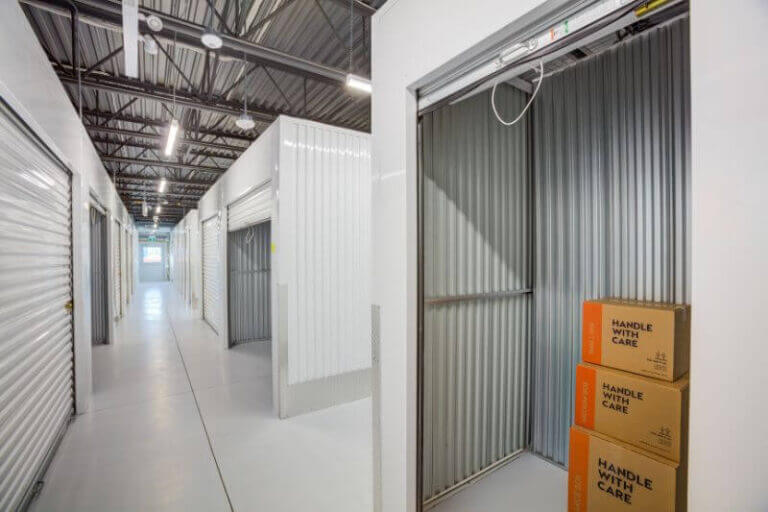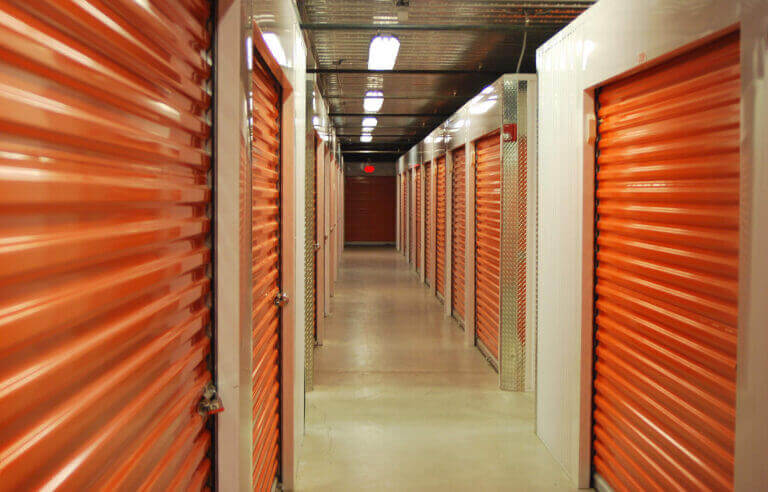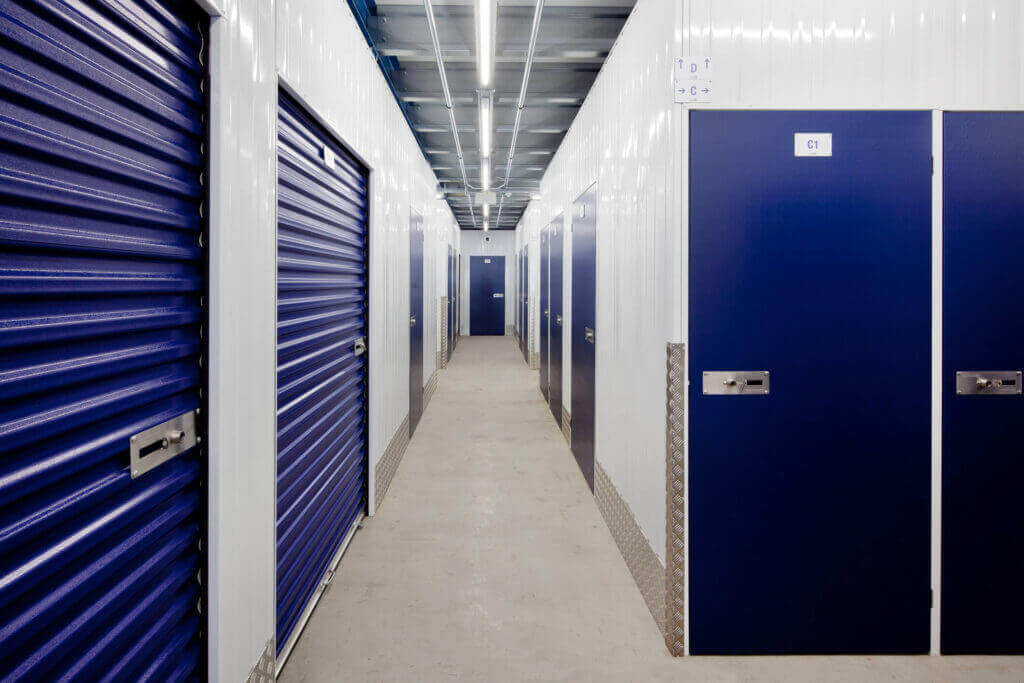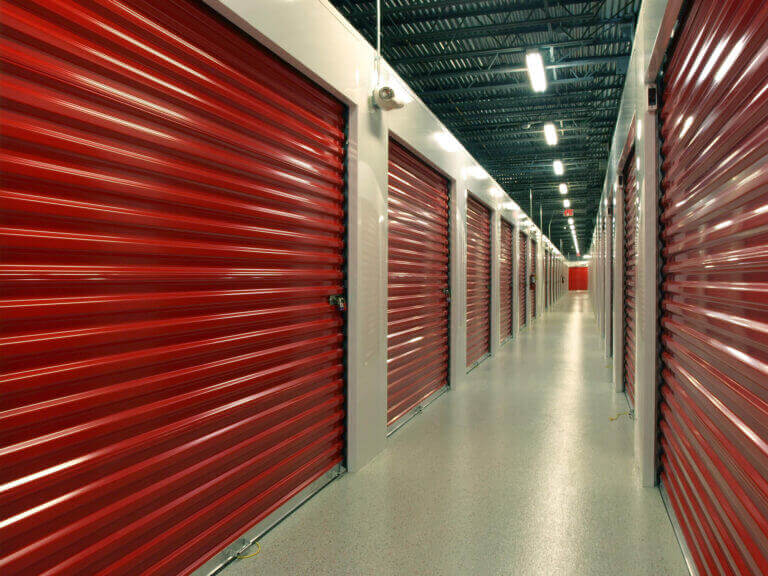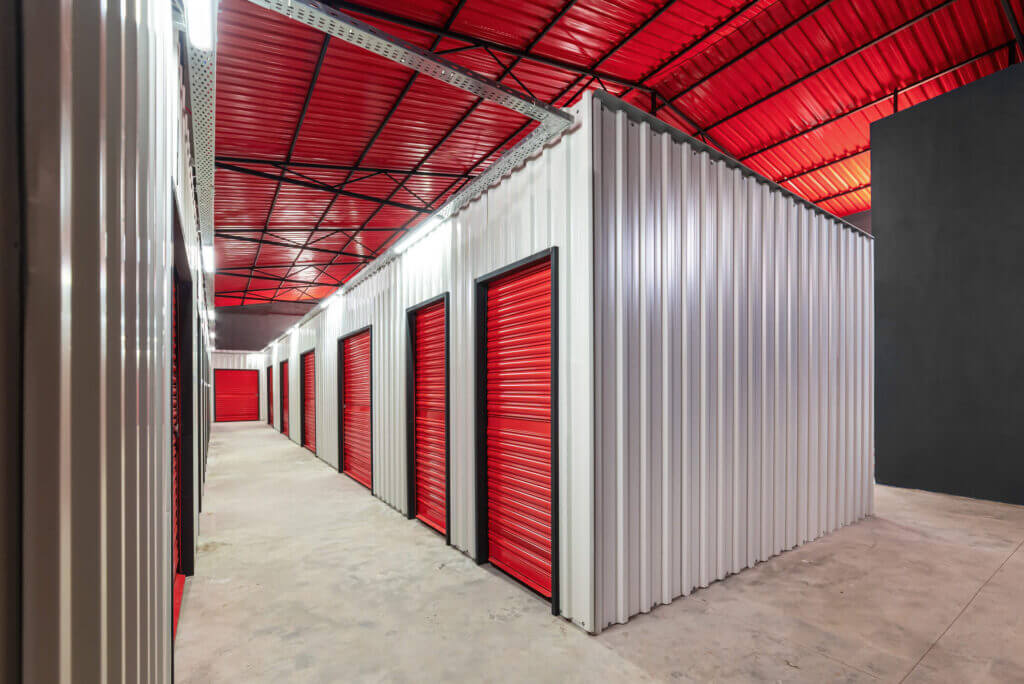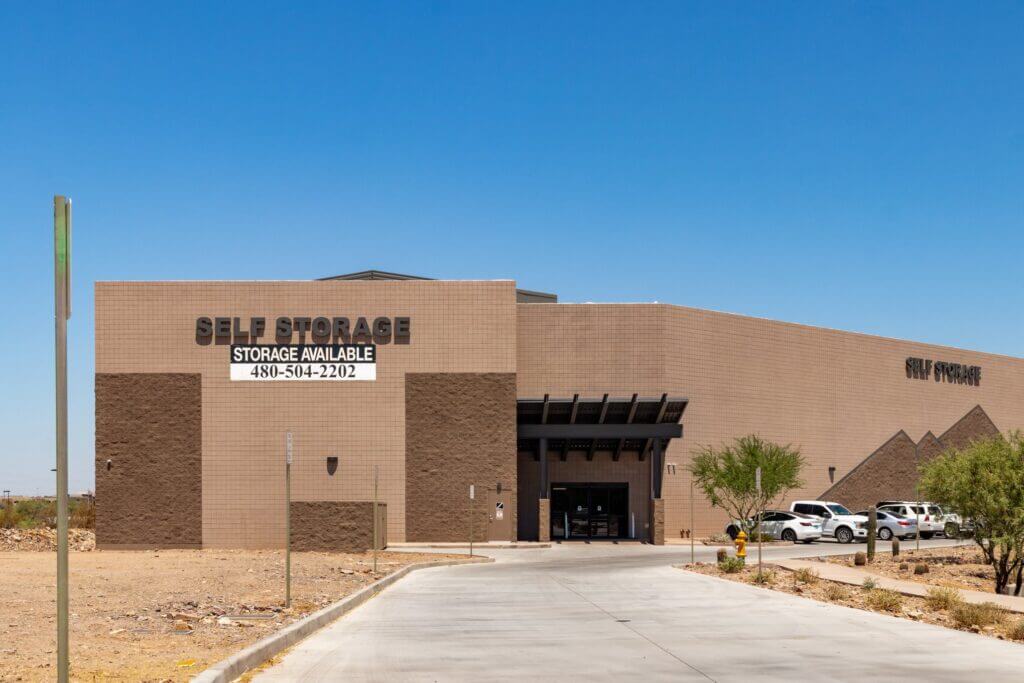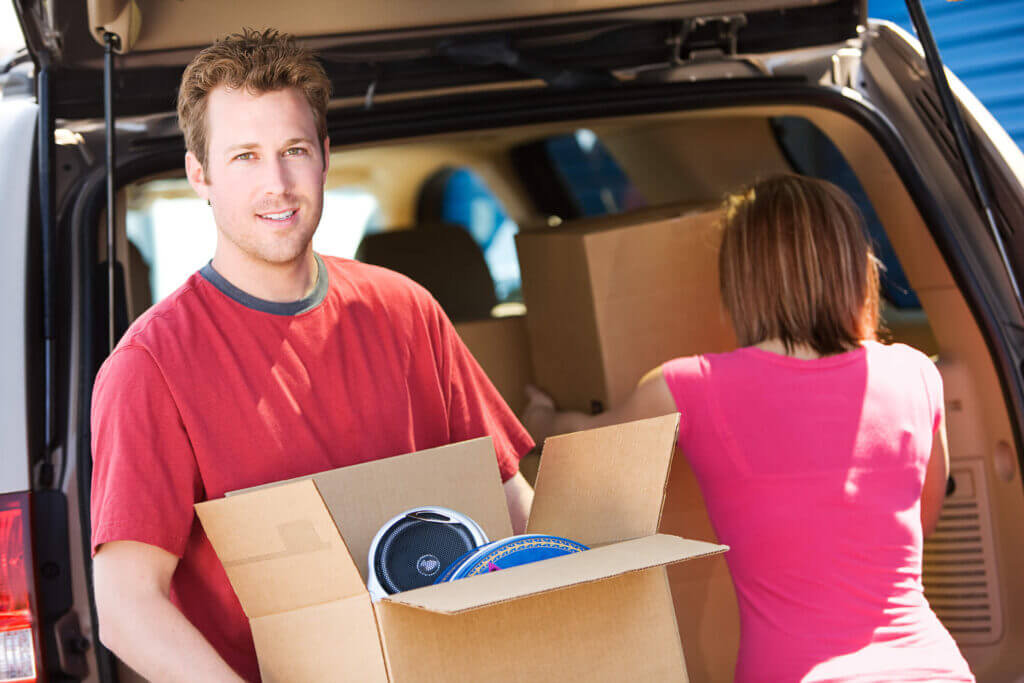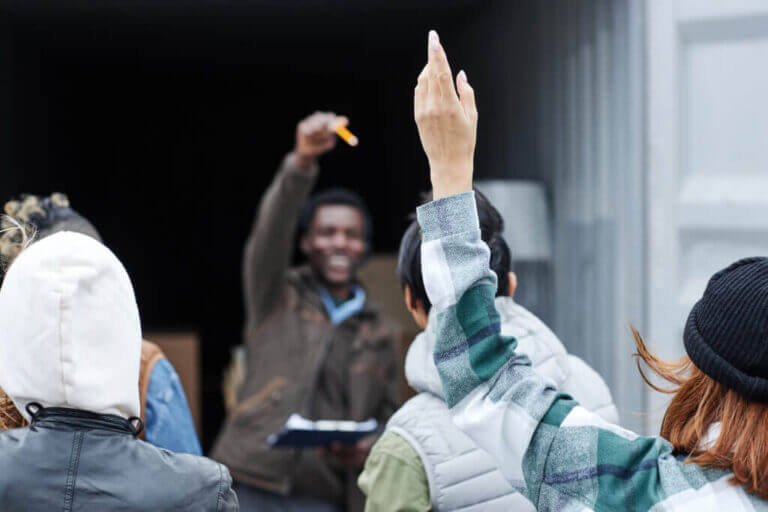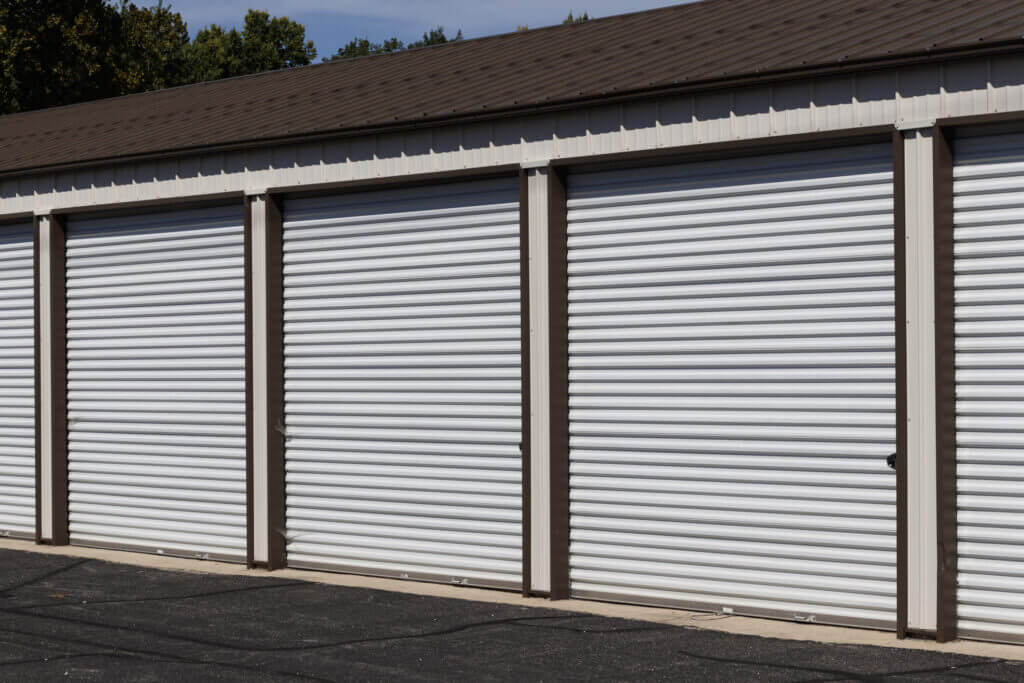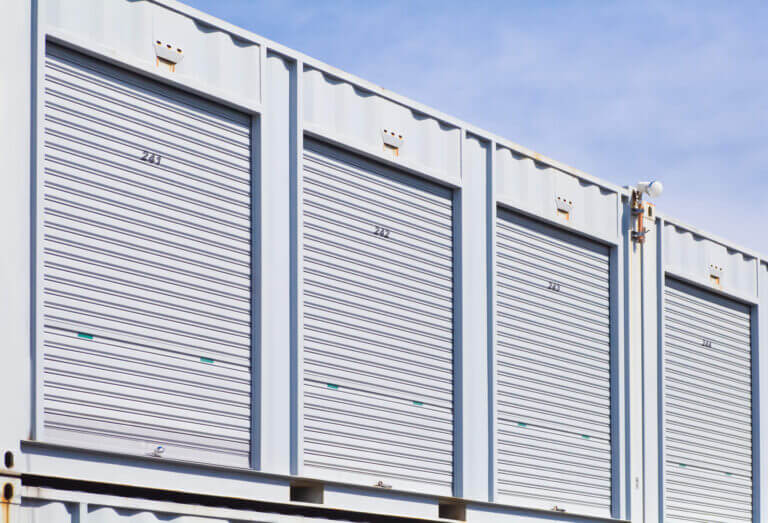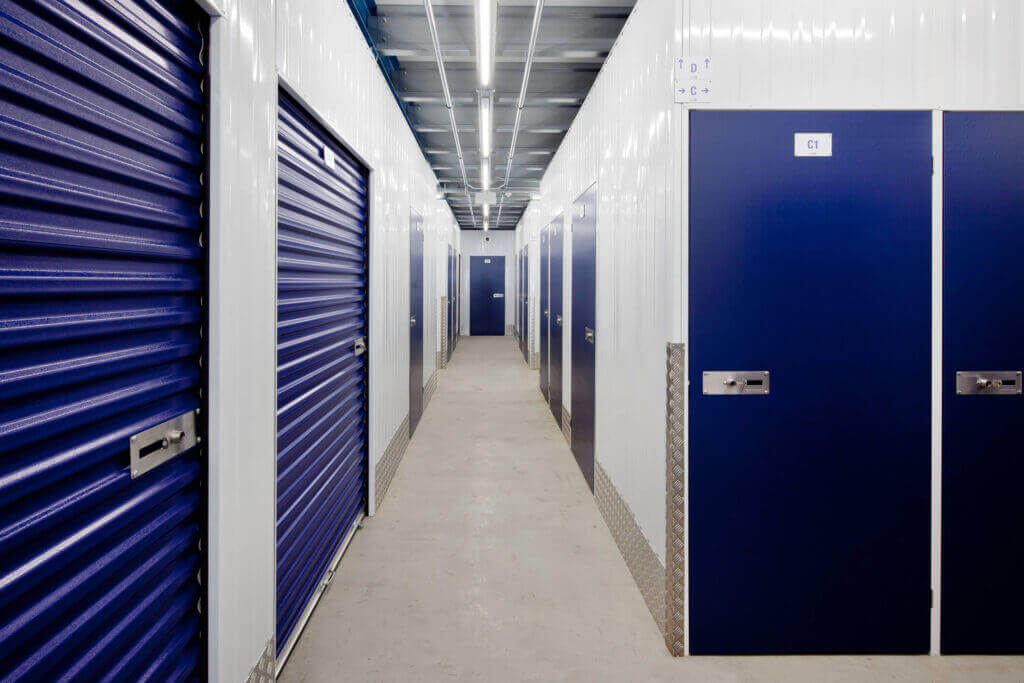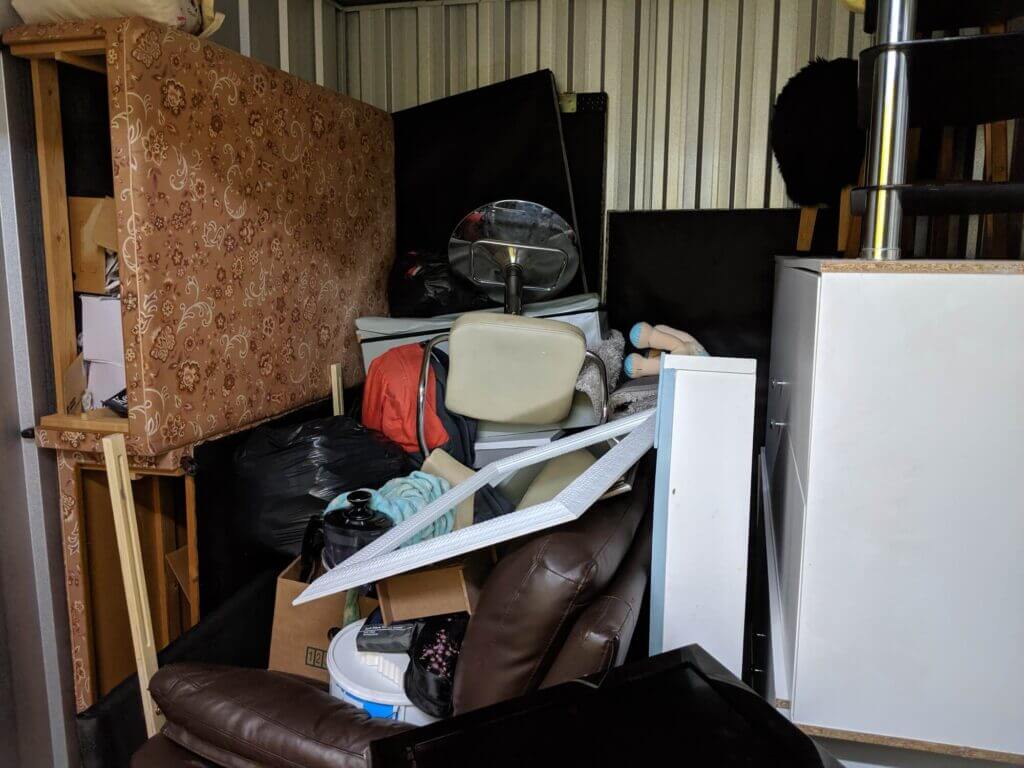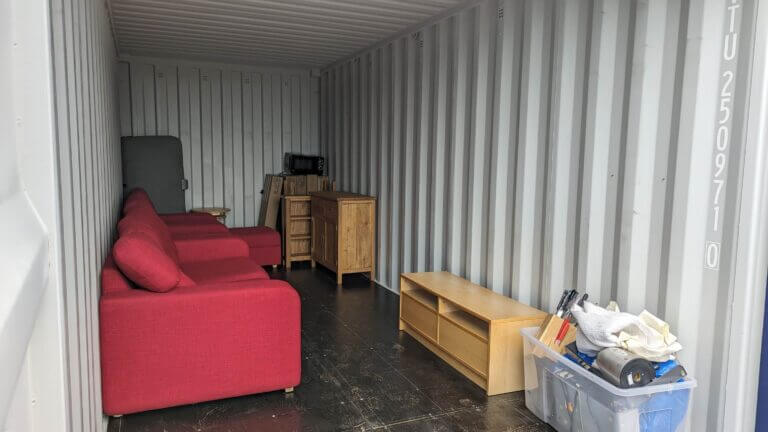Selecting the proper storage unit size is essential if you need extra space for personal or business use. One of the most popular choices for individuals and businesses is the 10×8 storage unit. McDowell Mountain Community Storage offers this unit size as an excellent solution for those who need extra room to store various items, from furniture to appliances like a washer and dryer. Understanding the size, capacity, and uses of a 10×8 storage unit will help you decide about your storage needs, whether you’re moving, organizing, or needing more storage space. With convenient locations, a 10×8 unit can store items like clothing, boxes, or even a truck’s content. Managing your storage account with us ensures your belongings are secure and easily accessible.
What is a 10×8 Storage Unit?
A 10×8 storage unit provides 80 square feet of space, making it a versatile option for a wide range of storage needs. To visualize it, think of the space roughly the size of a small bedroom or a large walk-in closet. While it may not be as large as a full-size garage, it still offers ample room for storing furniture, boxes, appliances, and other personal or business items. The unit’s dimensions are 10 feet in length and 8 feet in width, which can accommodate various types of items in a compact yet efficient manner. When planning to store your items, it’s helpful to consider the cost, packing, and a basic estimate of how much will fit, along with some general advice on organizing and arranging your belongings. For a clearer idea of your specific needs, it’s essential to consider the details of what you plan to store.
What Can You Store in a 10×8 Storage Unit?
A 10×8 storage unit is perfect for storing items from an apartment, a house, or a business. It is large enough to hold furniture, appliances, boxes, and more. This unit size provides a great alternative to smaller options like 5×10 storage units, offering more space while still being compact. When choosing a storage unit, it’s essential to understand your rights as a customer and how to best protect your belongings. The elements of self storage, such as climate control and security, can also play a role in deciding which unit best fits your needs. Below is a breakdown of what you can typically store in this size unit:
- Furniture: A 10×8 storage unit can hold a variety of furniture items. For example, it can easily store a queen-size mattress, box spring, bed frame, and other bedroom furniture such as dressers, nightstands, and chairs. It can accommodate couches, coffee tables, side tables, and lamps if you’re storing living room furniture. For additional furniture pieces, like a dining table and chairs or patio furniture, there is still enough space to store them securely.
- Appliances: Larger household appliances such as refrigerators, washers, and dryers can be stored in a 10×8 unit. These units are perfect for temporary storage during a move or renovation or for people who are downsizing and need to store items they don’t use daily. If you’re storing a refrigerator or other large appliance, use protective covers to protect them from damage.
- Boxes and Personal Items: If you have boxes filled with clothing, decorations, or other personal belongings, a 10×8 storage unit provides plenty of room for them. You can stack the boxes to maximize space, which allows you to store many items without overcrowding the unit. Items such as books, holiday decorations, clothing, and seasonal gear can easily fit in boxes that can be neatly organized within the space.
- Vehicles and Trailers: While a 10×8 storage unit is not large enough for most vehicles like cars or trucks, it is a good fit for smaller items such as a compact car, motorcycle, or a small trailer. If you need to store your boat, vehicle, or trailer, McDowell Mountain Community Storage offers larger units or outdoor storage options to accommodate these larger items.
- Additional Storage Needs: A 10×8 unit is ideal for storing many other items, such as seasonal items like snow tires, outdoor gear, or sports equipment. If you are running a business and need to store office supplies, paperwork, or inventory, this unit provides sufficient space for your needs. You can store filing cabinets, boxes of documents, and other office essentials while keeping everything neatly organized.
Advantages of Choosing a 10×8 Storage Unit
A 10×8 storage unit offers several advantages for both personal and business use. Below are some of the main benefits of choosing this unit size:
- Versatility: The 10×8 unit is one of the most versatile storage sizes. It can handle various items, from household furniture to appliances, clothing, and seasonal items. This versatility makes it ideal for anyone looking to store multiple types of items in one unit. Whether moving, renovating, or needing extra space, the 10×8 unit accommodates your belongings.
- Space Efficiency: While a 10×8 unit is relatively compact, it still provides ample room to store many items. Because of the 8-foot width, there is enough space to stack boxes and furniture, which helps you maximize the available area. You can organize your items in a way that allows you to access them when needed quickly.
- Affordable Price: Compared to larger storage units such as 10×10 or 10×15, the 10×8 storage unit is often more affordable while providing the necessary space for storing your belongings. McDowell Mountain Community Storage offers competitive pricing for all unit sizes, and we ensure that our customers receive great value for the space they rent.
- Convenient Location: McDowell Mountain Community Storage is conveniently located, making it easy to access your storage unit whenever needed. Whether you’re storing personal items, business inventory, or seasonal gear, our facility is designed for quick and easy access.
- Secure Storage: Security is a top priority at McDowell Mountain Community Storage. Our 10×8 units have high-security features, including surveillance cameras, gated access, and individual unit locks. Knowing that your items are safe and secure in our facility, you can have peace of mind.
Climate-Controlled Storage
In addition to traditional storage units, McDowell Mountain Community Storage offers climate-controlled units for customers who need to store sensitive items. Climate-controlled storage is perfect for electronics, mattresses, furniture, and important documents that could be damaged by extreme temperatures or humidity.
A climate-controlled storage unit ensures that your belongings are kept at a consistent temperature and humidity level, preventing them from warping, cracking, or deteriorating. It provides the protection you need if you’re storing valuable furniture, electronics, artwork, or business equipment.
How to Maximize the Space in a 10×8 Storage Unit
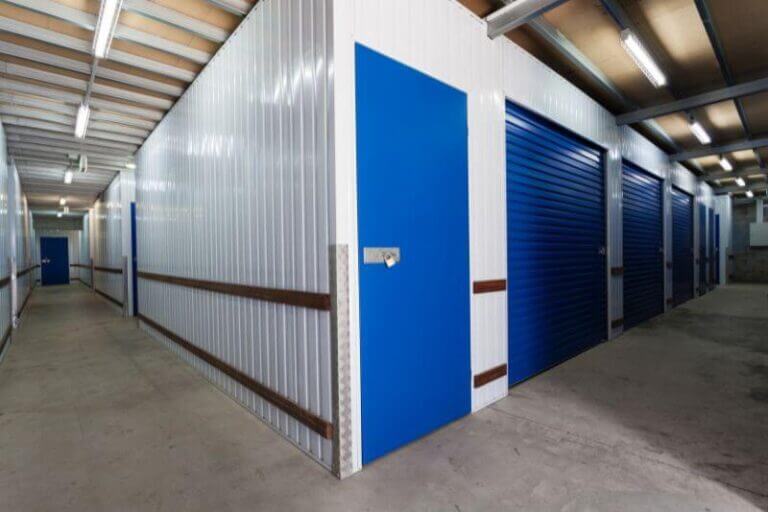
To make the most of your 10×8 storage unit, it’s essential to plan your storage layout carefully. Here are some storage tips to help you maximize your space:
- Use Vertical Space: Use the vertical space by stacking boxes and furniture. Start by placing larger items, like furniture or appliances, on the bottom, and then stack lighter, smaller boxes on top. This will help keep your unit organized and maximize the available space.
- Disassemble Furniture: If possible, disassemble furniture such as bed frames, tables, and chairs. This will save you space and make it easier to organize your unit. Keep screws and small parts in labeled bags to avoid losing them.
- Create an Organized Layout: Plan a layout for your unit that allows easy access to frequently used items. Place items you need to access most often near the front of the unit, while less frequently used items can be stored toward the back.
- Use Protective Covers: To prevent damage to your belongings, use protective covers for furniture, mattresses, and appliances. Furniture pads, plastic wraps, and mattress covers are essential for keeping your items in good condition during storage.
- Label Boxes: Label all your boxes clearly to identify their contents quickly. This will save you time when you need to find something specific. Use a detailed description, such as “clothing,” “kitchenware,” or “seasonal decorations,” to make it easy to locate items later on.
Rent a 10×8 Storage Unit at McDowell Mountain Community Storage.
At McDowell Mountain Community Storage, we offer a range of storage options to meet your needs. Whether you want to store household items, business equipment, or seasonal gear, our 10×8 storage units are a great choice. We pride ourselves on offering secure, affordable, and accessible storage solutions for individuals and businesses alike.
Our knowledgeable staff is available to answer any questions you may have about our units, including unit sizes, features, pricing, and more. We’ll also guide you through the rental process and help you find the perfect storage unit for your needs.
Conclusion
A 10×8 storage unit offers ample space for various items, from furniture and appliances to boxes, clothing, and business supplies. At McDowell Mountain Community Storage, we provide affordable, secure, and convenient storage options, making it easy to store your belongings confidently. Whether moving, downsizing, or simply needing extra space, a 10×8 storage unit is a perfect choice.
Contact us today for more information about our 10×8 storage units, pricing, or availability. Let McDowell Mountain Community Storage provide you with the space you need to keep your items organized, safe, and accessible.
Frequently Asked Questions
1. What are the benefits of climate-controlled storage units for sensitive items?
Climate-controlled storage units maintain a consistent temperature and humidity level, protecting sensitive items like electronics, wooden furniture, antiques, artwork, and mattresses. The environment prevents damage from extreme temperatures or humidity fluctuations, ensuring your belongings remain in the best condition. A climate-controlled unit is a perfect option if you have items that could be affected by heat or moisture, such as electronics or certain types of fabrics.
2. How do I determine the best storage unit size for my needs?
The best way to determine the proper storage unit size is by assessing the amount and type of items you plan to store. If you’re unsure, it’s always a good idea to start by estimating the volume of your items and consulting with storage professionals for advice. For example, a 10×8 storage unit is excellent for storing items from a small apartment, household appliances, furniture, or business inventory. However, if you have more substantial furniture or larger appliances, consider a larger unit like a 10×10 or 10×15 storage unit.
3. Can I store a vehicle in a 10×8 storage unit?
A 10×8 storage unit is not typically large enough for most vehicles, such as cars or trucks. However, it can be suitable for smaller vehicles like motorcycles, compact cars, or small trailers. If you need to store a larger vehicle, such as a boat, RV, or full-sized truck, you may want to explore other storage options, such as outdoor vehicle storage or larger indoor storage units.
4. What security features are available for storage units?
Security is a top priority at McDowell Mountain Community Storage. Our facility features high-tech surveillance cameras, gated access with personalized entry codes, and individual locks for each storage unit. Additionally, the facility is well-lit and regularly monitored to ensure the safety and security of your items. With these security measures, you can rest assured that your belongings are safe and secure.
5. Are there any restrictions on what I can store in a 10×8 unit?
While 10×8 storage units are versatile, there are certain restrictions on what can be stored in them. Hazardous materials, perishable items, illegal goods, and live animals are generally prohibited. It’s important to check with the storage facility for any specific rules or regulations regarding what you can and cannot store. The facility may also have guidelines for larger appliances or items that require special handling or protection.
6. How do I prepare my items for long-term storage?
Preparing items for long-term storage involves ensuring they are clean, properly packed, and protected. For furniture, disassemble large items to save space. Protective covers, such as mattress bags, plastic wraps, or furniture pads, prevent damage. For boxes, use sturdy containers and label each one clearly with its contents for easy identification later. Additionally, it’s a good idea to pack boxes with heavy items at the bottom and lighter ones on top to avoid crushing. Proper organization and packing will help maintain the condition of your items during storage.
7. What is the process for renting a 10×8 storage unit?
Renting a 10×8 storage unit at McDowell Mountain Community Storage is easy. Start by contacting the facility to check availability. You can inquire about prices, unit features, and special offers. Once you decide on a unit, you’ll complete the rental agreement and secure your space with a payment. Depending on availability, you can move your items in on the same day or schedule a move-in time that works for you. Make sure to bring identification and any necessary documentation to finalize the rental.
8. How can I access my storage unit after hours or on weekends?
Many storage facilities, including McDowell Mountain Community Storage, provide flexible access hours. Access is typically available during business hours, but some facilities offer extended or 24/7 access for added convenience. It’s essential to check with your facility to confirm their specific hours of operation and if any additional security measures are in place for after-hours access. Some facilities may require a code or keycard to access the storage area outside regular business hours.
9. What are the options for moving my items into storage?
To move your items into storage, you can either rent a moving truck or trailer or hire professional movers to help with the heavy lifting. Many storage facilities, including McDowell Mountain Community Storage, may have rental trucks available for customers at an additional cost. Consider using moving supplies like boxes, tape, and packing materials to ensure your items are secure during transit. Plan your move ahead to ensure everything fits into the unit efficiently.
10. How do I protect my furniture and appliances while in storage?
Use protective covers like pads, bubble wrap, or plastic sheeting to protect your furniture and appliances. Empty and clean appliances like refrigerators, washers, and dryers before storing them to avoid unpleasant odors or mold growth. Disassemble larger pieces like bed frames, tables, and chairs to save space. Additionally, using shelving or pallets to elevate items off the floor can help prevent potential water damage or mildew buildup in humid conditions.


